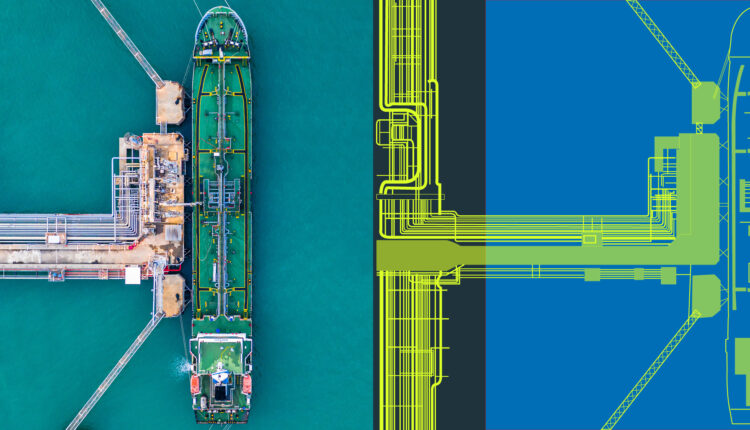By Ricardo Pinto, VP S. Europe / LATAM, Akselos
The rapid evolution of technology has found its way into every corner of industry and commerce, and the Liquefied Natural Gas (LNG) sector is no exception. Among the emerging technologies that show considerable promise in the LNG landscape, one stands out: the digital twin.
As the name suggests, a digital twin is a virtual replica of a physical entity – be it an entire plant, a process or an individual piece of equipment. To create a digital twin, engineers first build a detailed model and then pair it with inspection and sensor data. As new information is fed into the twin, the asset owner gets detailed insights into risk areas to optimise maintenance and inspection and prevent failures.
Leveraging real-time data, simulation, and analytics, digital twins provide deep insights, enabling organisations to streamline processes, prevent breakdowns, enhance safety, and ultimately drive profitability. Digital twins help formulate more informed and accurate decisions by giving a comprehensive view of operations, making them a crucial tool in LNG operations.
Enhancing LNG Plant Operations
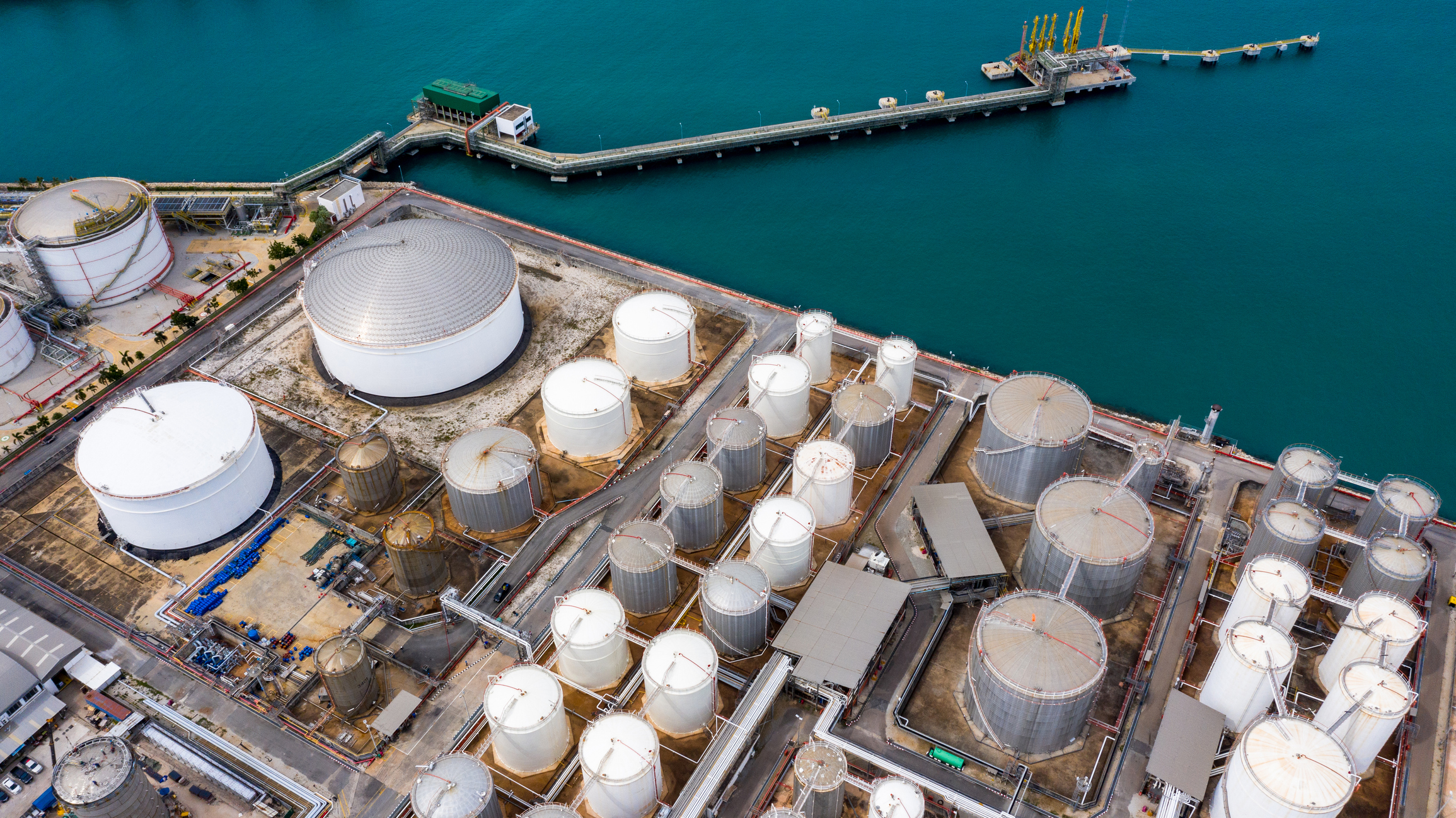
In LNG plants, operational efficiency and safety are paramount. Here, a digital twin can virtually replicate the entire plant, capturing every detail from the large equipment to the smallest valve. These twins constantly learn and update themselves with the influx of data from various sensors installed throughout their physical counterparts.
Imagine the twin predicting the failure of a compressor or a heat exchanger days or weeks before it happens. By identifying such issues before they become catastrophic failures, operators can plan maintenance activities more effectively, reducing unplanned downtime and enhancing overall operational efficiency.
Moreover, digital twins enable operators to run simulations for process improvements without disturbing the actual plant operations. The technology allows operators to undertake virtual inspections of equipment that is practically uninspectable due to prohibitive cost or because they are inaccessible.
Revolutionising LNG Shipping
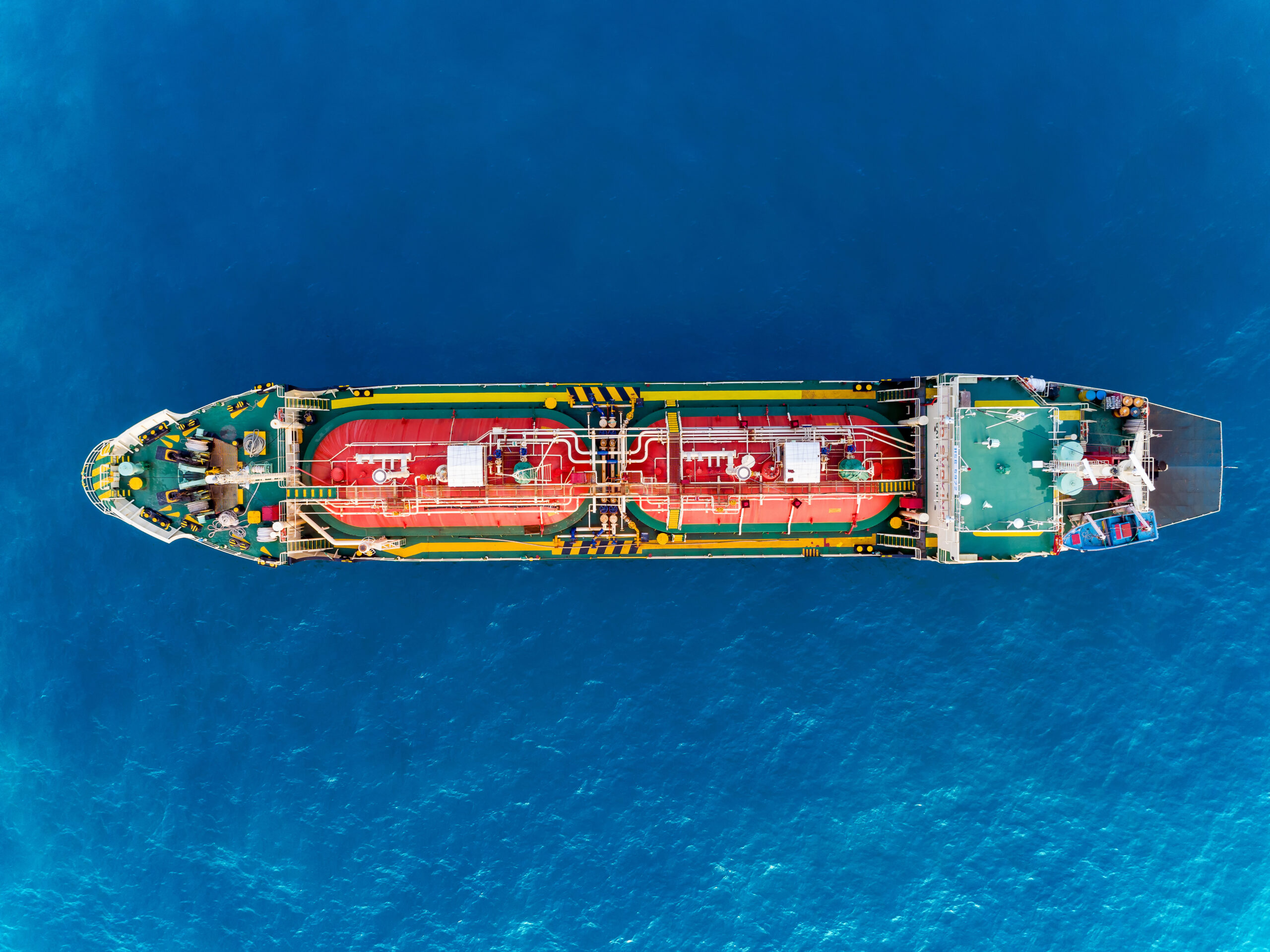
LNG shipping is another area where digital twins can have a significant impact. These vessels, often moving in harsh sea conditions, have an array of machinery and systems, each with a critical role.
Real-time data from sensors installed on the ship can be fed into a twin, enabling operators to monitor the vessel’s health, anticipate potential equipment failures, and schedule preventive maintenance. In addition, the twin can simulate different weather scenarios and their impact on the ship’s stability, structural stress, and fuel consumption. The Akselos digital twin of the Shell Bonga Floating Production Storage and Offloading (FPSO) vessel provides an example of how real-time sensor data and predictive modelling can optimise operations, improve maintenance strategies, and reduce the risk of unplanned downtime of large maritime vessels.The twin identified 94 critical hotspots that operators could perform maintenance on proactively, which unlocked hundreds of millions in additional asset value and helped extend the lifespan of the ship by five years.
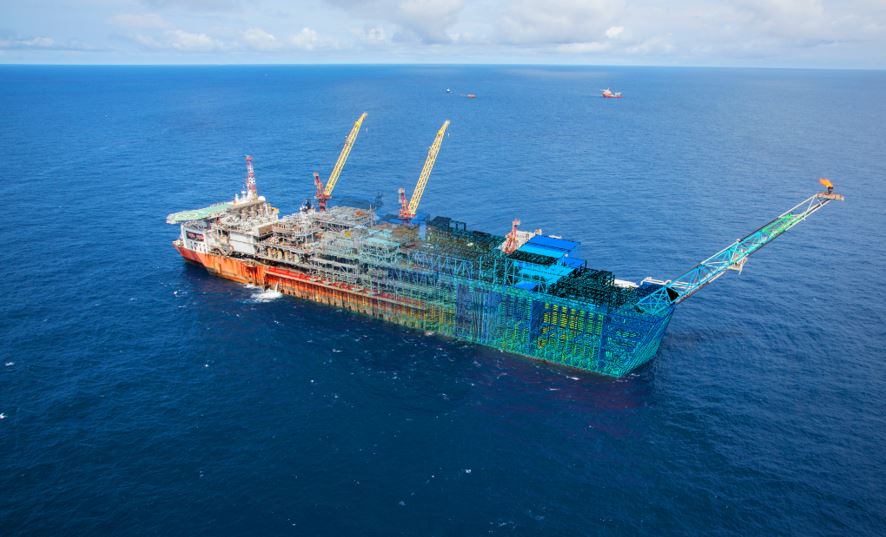
The Bonga FPSO digital twin
Real World Deployment: LNG Regasification
Digital twins can also bring transformative advantages to the regasification process by offering unparalleled detail and accuracy in system analysis, facilitating early detection and mitigating potential issues.
The technology has already etched its mark on the European stage, notably enhancing the operational efficiency and lifespan of the critical Liquefied Natural Gas (LNG) infrastructure. Akselos has partnered with Adriatic LNG to harness the groundbreaking capabilities of digital twin technology to revitalise the operations of the Adriatic LNG regasification terminal.
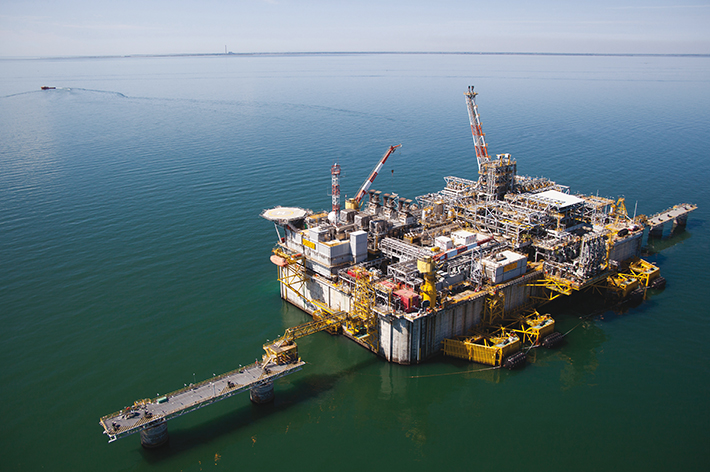
Adriatic LNG’s Terminal (https://www.adriaticlng.it/en/the-terminal/)
The Adriatic LNG terminal houses four Open Rack Vaporizers (ORVs), critical components in regasification. The seawater flowing through heat exchanger tubes in the ORVs vaporises LNG, often stressing the pipes due to temperature differentials. Unaddressed, this can lead to ORV breakdowns and significant asset downtime as a single ORV can take up to two years to replace.
Unfortunately, operators do not have visibility into exactly which pipes are most stressed and, therefore, likely to fail due to legacy simulation software tools which are based on Finite Element Analysis – a commonly used method in engineering and manufacturing to help engineers to simulate a system’s stress, deformation and other physical properties.
While FEA has its strengths, it is limited when analysing large and complex systems like ORVs. Therefore, a new simulation software was developed, called Reduced Basis Finite Element Analysis (RB-FEA). RB-FEA builds on the key principles of FEA to deliver faster and more accurate simulations of larger assets. When an RB-FEA simulation is paired with live data from an asset, the result is a digital twin that enables operators to detect safety issues and preemptively solve problems accurately.
In Italy, RB-FEA was used to build a digital twin of an ORV using input data from drawings, inspection data, and load history. A Fitness for Service (FFS) assessment, validated by Bureau Veritas, was conducted, revealing certain pipes needing early maintenance. The results were displayed on a user-friendly dashboard, ranking tubes based on fatigue life. Thanks to the digital twin, Adriatic LNG can now conduct continuous FFS assessments, enabling predictive maintenance down to the millimetre level, avoiding downtime and ensuring a steady natural gas supply.

The Akselos dashboard
The Road Ahead
Digital twin technology, still in its nascent stages in the LNG industry, is poised for rapid growth. As advancements in the Internet of Things (IoT), artificial intelligence, and machine learning revolutionise data collection and analytics, digital twins’ potential applications and capabilities will expand dramatically.
One of the standout advantages of this technology is its potential to curtail unexpected downtime. Digital twins allow operators to inspect previously inaccessible areas, enabling a thorough understanding of the system’s condition. This can be leveraged to quickly identify and rectify impending issues, enabling proactive maintenance and preventing sudden operational disruptions. Moreover, the utility of digital twin technology can benefit other integral components of the LNG process, such as the loading arms and piping.
As this innovative technology matures, it promises to significantly enhance existing operations and the operational standards of new LNG facilities. By enabling a comprehensive examination of systems in a risk-free virtual environment, digital twins can potentially optimise future facilities. This pioneering approach is set to launch the LNG industry into an era marked by improved safety, greater efficiency and reduced costs.


